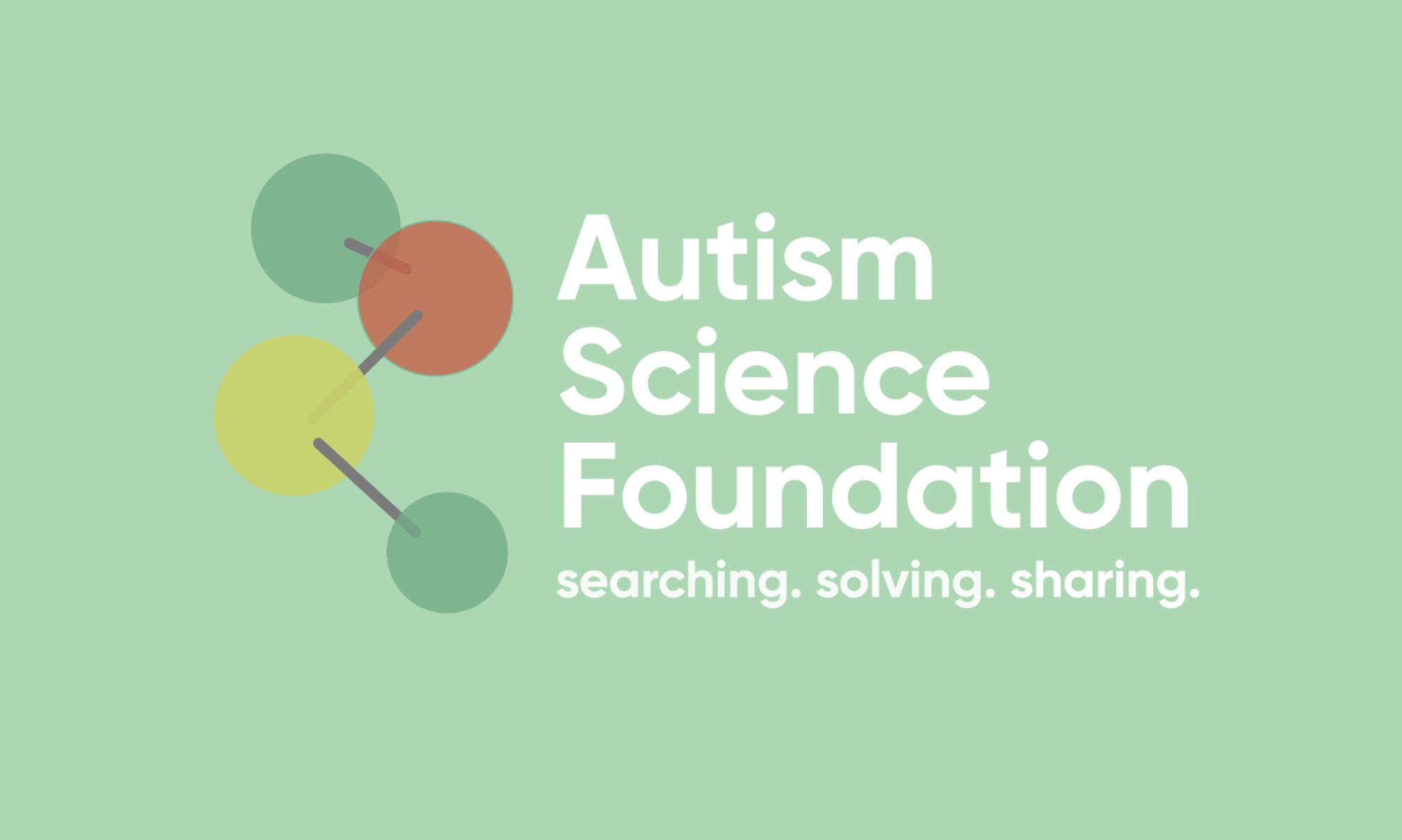Podcast: Play in new window | Download
Subscribe: RSS
Sometimes treatment targets come from the places you wouldn’t expect. This week, three new studies on the biological and sometimes, behavioral, effects of three commonly used compounds used to treat high cholesterol, edema, and angina were studied in people with autism. Instead of focusing on just the behavior however, these studies took the approach of examining them from the behavioral side, determining if there was a biological reason why these compounds should be helping people with autism. This means autism research has turned a corner – it’s not just about behavioral improvements, but about how the drug is working in the brain. Also, a fun study about social media in people with autism. They don’t just use it like the rest of us, it actually makes people with autism happy.
Here are the studies included in this week’s podcast:
https://www.ncbi.nlm.nih.gov/pubmed/29485900
https://www.ncbi.nlm.nih.gov/pubmed/29484909
https://www.ncbi.nlm.nih.gov/pubmed/29484149
https://www.ncbi.nlm.nih.gov/pubmed/29483603
